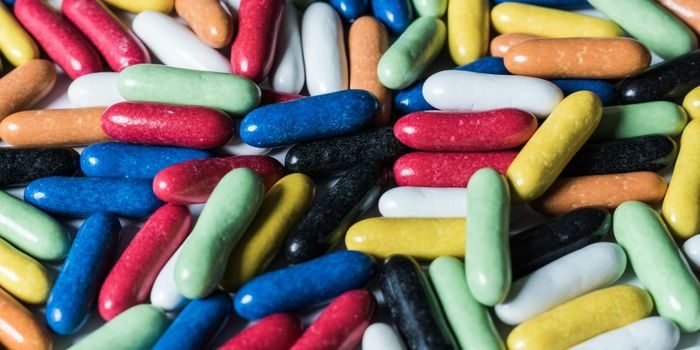Implanted Insulin-producing Cells for Diabetes Treatment
Type 1 diabetes, which affects about 9 to 10 million people globally, occurs when the immune system incorrectly identifies cells that produce insulin in the pancreas as “foreign,” and destroys them. Usually, the body has tools in place to calm an immune system after neutralizing a threat. However, these tools sometimes fail. As a result, the immune system continues to attack insulin-producing cells, which means the body is not making enough insulin to manage glucose levels in the body.
Management of this condition requires careful adherence to certain diet restrictions and administration of insulin, when needed. For many people, though, diabetes can lead to serious complications, including damage to the heart and kidney.
Researchers at the University of Missouri-Columbia have developed a new treatment for type 1 diabetes, and it has proven successful in animal models. The new treatment and results from the animal models are described in a study published in Science Advances.
Specifically, the treatment involves the transplantation of islets, or cells that produce insulin. However, unlike other transplantation efforts, there is no need for long-term use of immunosuppressants.
A big challenge to this kind of transplantation has to do with the body’s incorrect response to insulin-producing cells.. The body’s normal process for shutting down certain immune system cells, a process called apoptosis, or programmed cell death, usually doesn’t work in people with diabetes.
The research team is using the mechanism behind apoptosis to help transplanted insulin-producing cells survive. Specifically, the team is mimicking the interaction between two molecules: FasL, which appear on insulin-producing cells, and Fas, which occur on immune cells. The transplanted insulin-producing cells have an engineered form of FasL on them to prevent the immune system from destroying them.
A potential benefit of this approach is that it reduces the need for immunosuppressive treatment. Normally, this treatment would be needed to override the immune system and prevent it from destroying these new insulin-producing cells, but this comes with a range of risks and complications. Allowing the cells to exist without messing with the immune system could lead to better outcomes for patients.
Sources: EurekaAlert!; Science Advances; WHO








